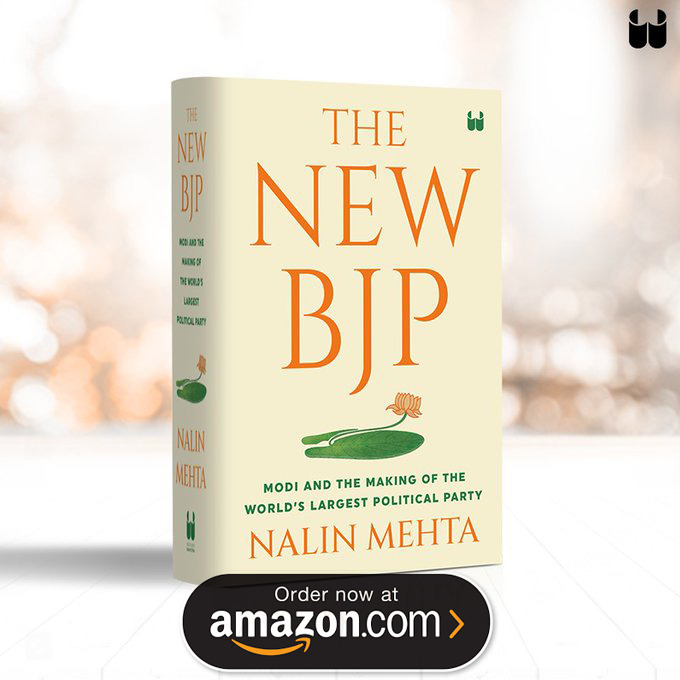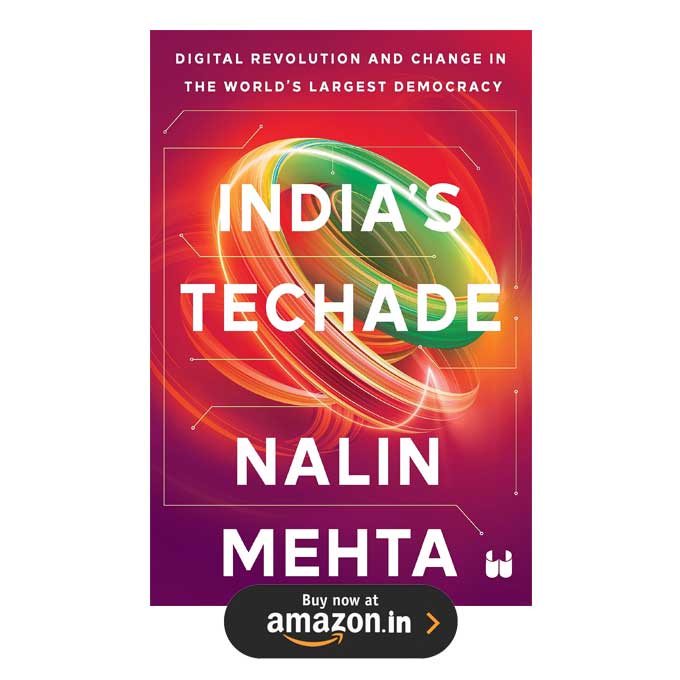As one legal case in Mumbai sets aflame India’s TV screens, another one that is collapsing in New York offers interesting comparisons.
The case against former IMF chief Dominique Strauss-Kahn virtually disintegrated, for all practical purposes, on the same day as the decision by Mumbai Sessions Court judge N W Chandwani to rule Maria Susairaj guilty of only destroying evidence in the murder of Neeraj Grover.
There is nothing in common between the two cases but the media coverage of both holds up a useful mirror to our respective media cultures. And the Indian reflection is not pretty.
The Susairaj case has engulfed our TV screens with what can only be called the sanctimonious righteousness of a lynch mob. You may or may not agree with the judgment in what was a horrific murder by any definition but news television should be reporting the facts and providing informed analysis, not leading a Klu-Klux style vigilante squad, as most networks seem to be doing. It’s simply not their job.
Contrast this with Strauss-Kahn’s legal travails, which, till Thursday, seemed like an open-and-shut case of a powerful man losing his sense of any limits. The American and British media coverage of this case until this point underscored this storyline but only by factual reporting of what the prosecutors were saying.
Most media writers, commentators and media consumers outside of France probably did think Strauss-Kahn guilty, but the allusion of guilt was implied by the facts in the public domain, never articulated explicitly on air or in print.
To see this in perspective, imagine what the Hindi networks would have done, with the facts as we knew them, had Strauss-Kahn been an Indian story. It would not be entirely unreasonable to imagine headlines such as ‘Boardroom ka balaatkaari’ or say ‘IMF ka darinda’.
But like the headlines on cheap Hindi thrillers of the kind found on railway platform bookshops, this kind of journalism is so de rigueur on our screens that we don’t even raise our eyebrows at it any more. Every story is a campaign, every allegation is a slogan.
And now that there are serious question marks over the Guinean-origin maid who accused Strauss-Kahn of rape, the Indian networks would have surrounded her building with a scrum of broadcast vans and hounded her her uncle, her neighbour till they gave a soundbyte, a visual, anything.
There is a peculiar ‘Manohar Kahaniya’ twist to Indian television, which the Hindi networks first pioneered and most of the English ones have tried hard to copy, in the self-destroying race for the holy-grail that is the TRP meter.
Irrespective of what anyone feels about Maria Susairaj or Emile Jerome, the bottomline is that there is little restraint in our reporting and in our television culture.
The visual violence we are seeing on our television screens now, in the language of the anchors, in the choice of the headlines, in the loud Ramsay Brothers-style sound effects that animate even mundane news stories is the result of a mindset that has lost all sense of proportion of what journalism should be.
At its heart, it is the result of a quest to somehow, anyhow keep the viewer from pressing the next channel’s button on the remote. It is Rating-ism, not journalism.
In covering court cases, different countries, have different media cultures. The US has a culture where it is normal for prosecutors to leak information to the press, always eager for a headline. In the UK, the established convention is not to do so, once charges are filed, lest it prejudice the outcome of a case.
Indian television hungrily adopted the US convention to begin with – you just have to see the salacious coverage of crime on our networks – but has since evolved into a uniquely Indian, screeching, shouting, judgemental model of reporting which combines the functions of reporter, prosecutor and judge all into one.
We deserve better, don’t you think?

